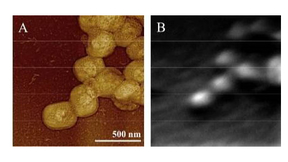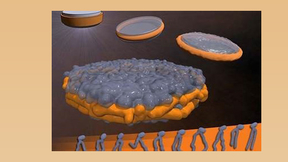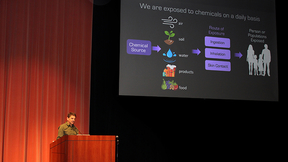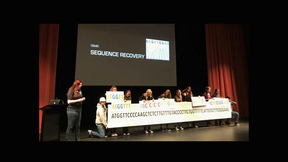Back
Because of their size, lack of symmetry, structural heterogeneity, and high molecular weight, most large animal and human viruses are not amenable to typical analytical techniques, such as x-ray crystallography, nuclear magnetic resonance analyses, or fine-scale reconstruction by cryo-electron microscopy. In a recently published paper in Analytical Chemistry, NACS and BBTD…
For several years, Lawrence Livermore has been developing a novel class of nanoparticles for biomedical applications that are highly biocompatible and offer advantages that other nanoparticle types do not. These nanoparticles, termed nanolipoprotein particles (NLPs), consist of a phospholipid bilayer stabilized by an apolipoprotein scaffold protein and are lab-made…
In an effort to minimize antimicrobial resistance (AMR) threat to astronauts, who may be immunocompromised and thus at a greater risk of infection from pathogens, a comprehensive study of the International Space Station “resistome” was conducted by a team of scientists from the Jet Propulsion Laboratory, LLNL, the Naval Medical Research Center, and AlloSource. Using a…
Lawrence Livermore National Laboratory’s (LLNL’s) educational outreach program Science on Saturday returned in February for a season of Marvelous Machines. Held annually at the Bankhead Theater in downtown Livermore, the lecture series offers local students and the public a peek into LLNL’s recent research. In a February 10 presentation titled “Biomedical Accelerator Mass…
On February 11, hundreds filled the Bankhead Theater in downtown Livermore for a presentation titled “Reconstructing a Rabies Epidemic: Byte by Byte.” As part of Lawrence Livermore National Laboratory’s (LLNL’s) educational outreach program Science on Saturday, the interactive lecture featured biomedical scientist Monica Borucki, bioinformatics scientist Jonathan Allen,…









